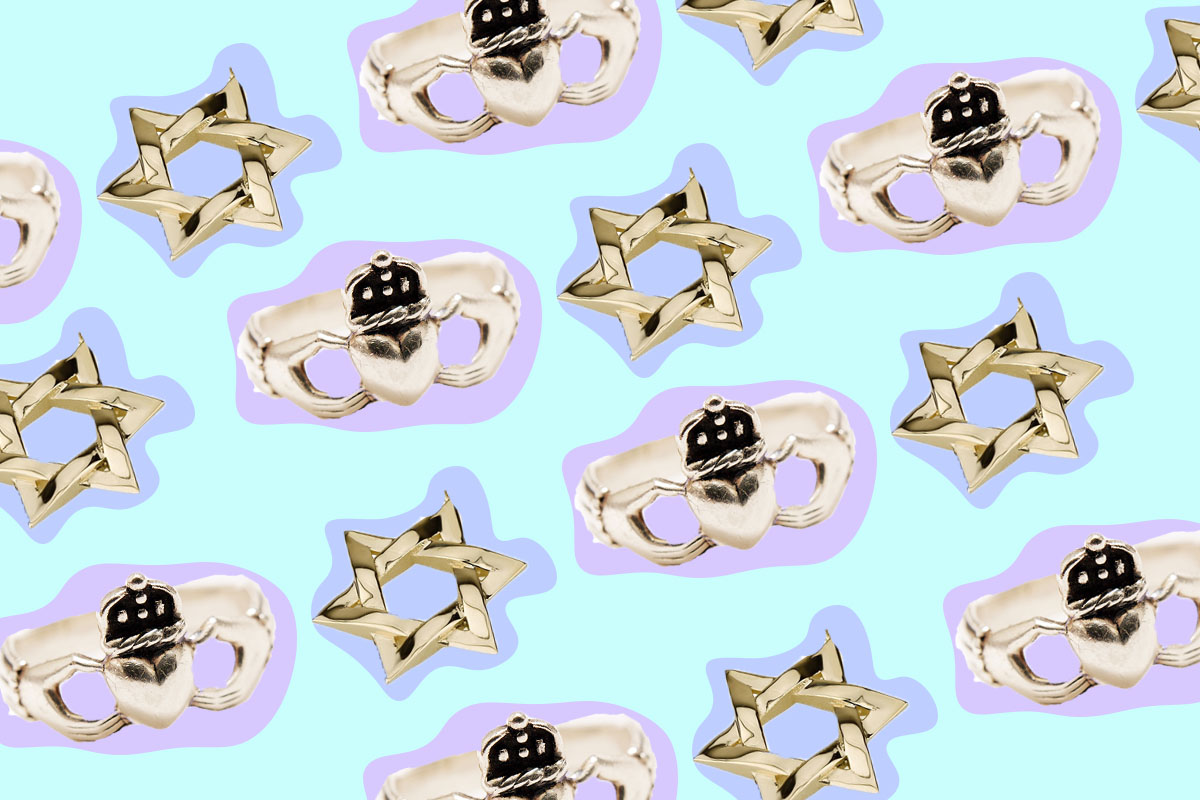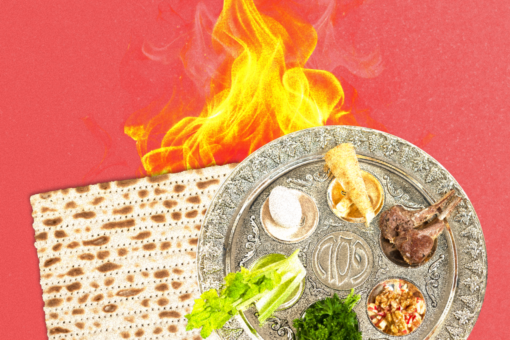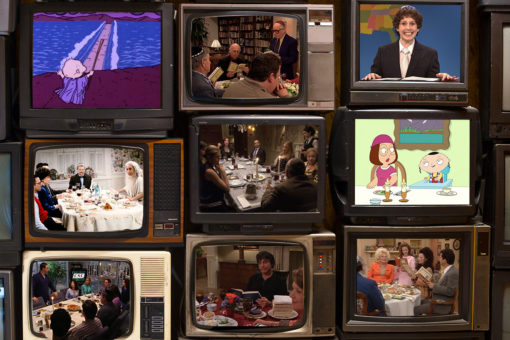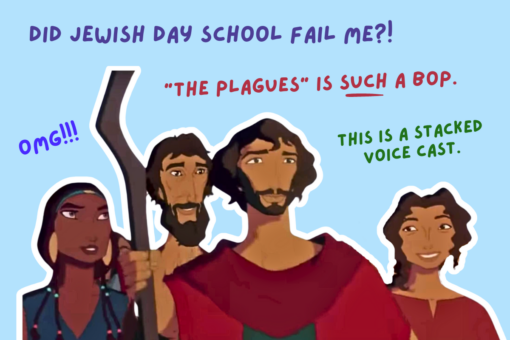When my fiancé and I decided we wanted to get married, we did what a lot of Jewish couples do: We did genetic testing. We swabbed our cheeks and waited to find out if we were carriers for deadly genetic diseases like Tay-Sachs that predominantly affect Jews of Eastern European descent. The genetic counselor assured us that we had almost no genetic overlap and would most likely have a healthy family. How is minimal genetic overlap possible with two people of Ashkenazi descent?
I am an Irish Jew. My mom’s family is almost entirely from the Emerald Isle. Ironically, the genetic diseases I am most likely to pass onto my children are almost entirely from my Irish side.
When we got the news, we both breathed a huge sigh of relief. It was one of many times I’ve been thankful to be both Irish and Jewish.
Every March provides a unique opportunity to celebrate both sides of my heritage, with the holidays of Purim and St. Patrick’s Day. In a way, Purim seems easier: I think about the story of Esther, drink wine, and eat hamantaschen. But I will probably spend my whole life figuring out how to reconcile my Judaism with an ethnic holiday that is focused entirely on a Catholic saint. I have never marched in a St. Patrick’s day parade, partly because I have been afraid to ask if I would be welcome. But I find other ways of celebrating. I bake soda bread, I drink whisky, I eat corned beef and cabbage.
But it can be lonely walking the line between the Irish and Jewish worlds. I have to navigate the stereotypes, positive and negative, of both groups. And sometimes, either way, it feels like I am othered. Being half-Irish provides commonality in spaces where I otherwise would be othered for my Jewishness, usually at the expense of me going into detail about my Jewish heritage. The opposite applies in Jewish circles where I am othered for my Irish-ness. I can’t count how many times I’ve been told I “look Jewish” or I “look Irish” because I have very dark hair and very fair skin. It never occurs to people that I can be, and that I am, both.
Throughout my life, I’ve learned the many similarities of both cultures. The Jews and the Irish have huge cultural diasporas, depressingly long histories of discrimination, and countless examples of rising above the hatred to flourish in the United States. Both cultures share a love of literature and reading, and each group has successfully created prolific contributions to the arts and culture despite negative circumstances. Both Ireland and Israel gained independence during the 20th century, and it is engrained in each community to remember the blood, sweat, and tears it took to get there. Most importantly, both share a strong sense of family and a self-deprecating sense of humor.
There are also poignant differences. The way Irish people and Jewish people mourn could not be more different. While Jewish tradition requires burial as soon as possible, Irish people let their deceased loved ones stay above ground for days after death. The deceased are on display at the funeral and are frequently cremated rather than buried. Following the funeral service, Irish people always have a wake. A wake is very different from sitting shiva. In my experience, sitting shiva is quiet and meditative. Wakes usually include a lot of music and a lot of drinking. (Any wake worth its salt includes “Danny Boy” being sung at least once by the entire crowd.)
Both Irish Catholics and Jews use wine to commemorate religious events, but there are major cultural differences in attitudes toward alcohol. In Irish circles alcohol is a cultural touchstone. Ireland produces some of the best alcohol in the world, after all, and it exists for better or worse in many moments in Irish life. Plenty of Jewish people enjoy drinking alcohol, but it is not the same cultural symbol the way whisky or Guinness are for Irish people. Alcoholism exists in every community that imbibes, but the stereotype is still very closely associated with being Irish. Both communities have a long way to go when it comes to being comfortable discussing mental health issues like addiction.
In Ireland, there is a symbol called a “claddagh” (pronounced klah-dah). A claddagh design includes two hands clasping a heart that is usually topped with a crown. The heart symbolizes love, the hands symbolize friendship, and the crown symbolizes loyalty. The design is typically put on a ring, and in Ireland claddagh rings are used as engagement or wedding rings. My sister bought me a claddagh ring and it is one of my most prized possessions. I hope someday we can live in a world where being loyal to multiple cultural heritages isn’t so complicated. But I put on my claddagh ring and my star of David necklace and do my best to make both sides of my family proud.



